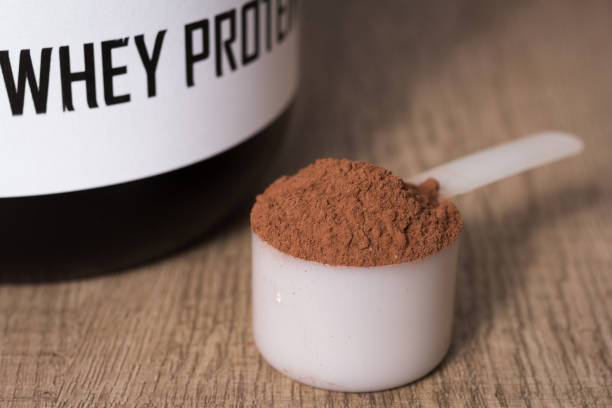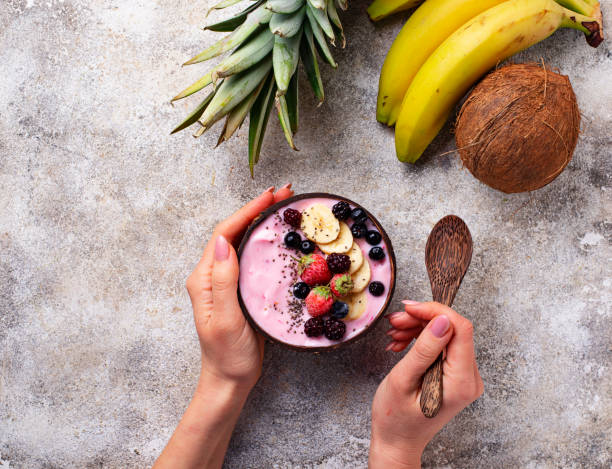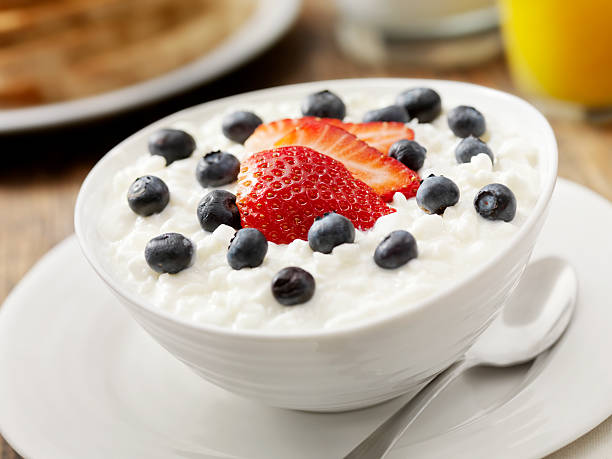Every year, hundreds of new nutrition trends surface on the market, only to fade away after a couple of months. However, there are some new trends that do not seem to be going anywhere. Perhaps the primary reason behind this is the actual health benefits these trends offer according to credible scientific research.
You see, the online community is loaded with misinformation, false claims, and scammers who would say anything for financial profit. Consequently, people lose their time, money, and in some cases, they even jeopardize their health by trying products with questionable ingredients.
For this reason, we decided to write this article and share with you the top 3 nutrition trends that emerged in 2020 and will continue to thrive in the upcoming years. We will also discuss some evidence-based health benefits of these products to show you why they’re not going anywhere.
Please click here to read our article Keto Vs. Paleo Diet: Which Diet Is Better For Weight Loss?
The top 3 nutrition trends in 2020
1. Prebiotics
Prebiotics seems to take a larger portion of the supplementation market, as people become familiar with this product.
Taking prebiotics will optimize the health of your gastrointestinal tract, as well as other organ systems.
One might argue that prebiotics is found in food (e.g., legumes, oats, bananas, berries), and therefore, there is no need to supplement your body with them. Unfortunately, that’s far away from the truth. The vast majority of the population doesn’t get nearly as sufficient amounts through their diet.

The primary role of prebiotics is to optimize the quality of your gut flora (a.k.a., gut microbiome). It is a crucial entity that’s discovered to influence most organ systems, including the central nervous system, heart, liver, and skin.
As per researchers gut makes it one of the most important milieus in the body.
Read our popular article on Oranges - 8 Orange Nutrition Facts and Health Benefits
Understandably, people often confuse between PREbiotics and PRObiotics, so let’s address this issue:
What’s the difference between probiotics and prebiotics?
Probiotics are the microorganisms that help restore the balance to your digestive tract. It suppresses the growth of opportunistic microbes and aiding in the digestion of certain foods (e.g., fiber, complex carbohydrates).
On the other hand, prebiotics is the actual food to those microorganisms. It helps your microbiome become more balanced and diverse.
2. Protein-packed coffee
Protein coffee has been trending over the past couple of years, and for a good reason!
Before we explain why this product is beneficial, let’s define it first:

As the name implies, protein coffee is the combination of coffee with protein powder to make a stimulant, muscle-building smoothie.
The idea is that most people don’t get sufficient amounts of protein through their diet, especially if they do strength training. Consequently, a lot of potential muscle growth is lost in the process.
By adding protein into one of your sacred rituals (e.g., drinking coffee), you’ll provide your muscles with the necessary amino acids to mediate hypertrophy.
In general, most protein-packed coffees add whey, soy, or collagen to the mix.
Whey Protein
Let’s see how whey protein (the most common among the three) helps you increase lean muscle mass:
Whey protein is extracted from milk during the cheesemaking process. This product is loaded in branched-chain amino acids (BCAAs) that carry numerous anabolic properties, such as the stimulation of muscle growth. One of the most prevalent amino acids in BCAAs is leucine. It has been researched for decades, as it’s a vital compound for post-exertional muscle growth and recovery.
In a 2009 study, researchers experimented on whey, soy, and casein protein to see which product is the most potent at inducing muscle growth.
The results of the study showed that whey protein causes 31% more muscle growth compared to the other supplements.

For this reason, whey has become the market standard when it comes to protein supplements. Especially in the field of strength training. Lactose-intolerant individuals may experience digestive symptoms (e.g., diarrhea, bloating, gas) after intake as whey protein is extracted from the milk.
The combination of whey and coffee powders will continue trending in 2020 and the upcoming years.
3. Innovative dairy – flavored cottage cheese and lactose-free ice cream
Over the years, people have become more familiar with lactose intolerance. It pushed manufacturers to come up with innovative alternatives for individuals with this condition.
This resulted in several dairy-free products, including lactose-free ice cream.

Despite the nomenclature, this ice cream is not produced without lactose since manufacturers add a synthetic lactase enzyme to metabolize the lactose. However, some companies filter lactose out of the milk when making the product.
In both scenarios, lactose-free ice cream is trending as it allows people with lactose intolerance to enjoy their favorite treat without having to go through terrible indigestion.
Another dairy product that’s been trending is flavored cottage cheese:
Technically speaking, cottage cheese is cheese curds. This product is made by draining the cheese instead of pressing it, which retains the moisture and whey. Another characteristic of cottage cheese is that it doesn’t undergo the aging process.

This type of cheese is rich in B vitamins, calcium, protein (1 small cup contains up to 25 grams), and other important minerals.
To meet the different tastes of people, manufacturers started flavoring cottage cheese (e.g., sweet and spicy mango), which was met positively by the public.
We expect that this trend will continue to grow and include more flavors to help people get large amounts of protein, vitamins, and minerals while enjoying the flavors.
Takeaway message
Nutrition trends occur every year. Starts by making big claims and promises that end up being untruth. It makes people abandon the trend and move on to the next one.
By covering these trends, we hope that it shed some light on the logic that keeps some products on the market to help you make better choices in the future.

1 comment
[…] Read our article on Nutrition – 3 Top Nutrition Trends in 2020 […]
Comments are closed.